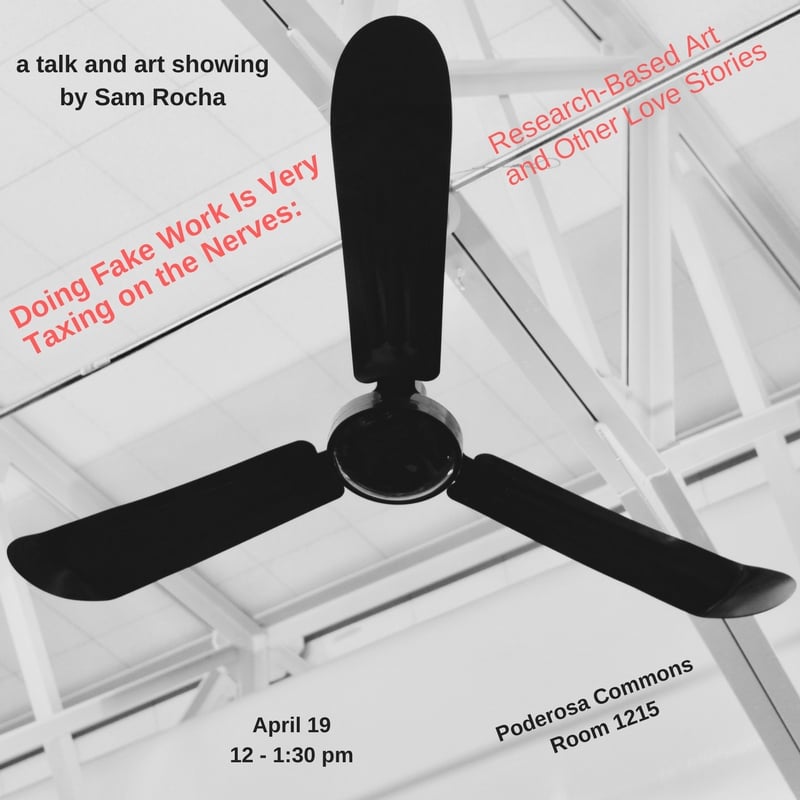
MARC BARNES’ CRITIQUE OF YOUTH MINISTRY has, predictably, gone viral. Today there is a measured and intelligent response posted at Fr. Robert Barron’s site, The Word on Fire, written by Fr. Damian J. Ference.
This back and forth reveals many studious and sophisticated things: church documents and properly understood Catholic teaching and tradition. The important stuff.
The only thing I will add to that discussion is this: there is no reason to assume that, if parents are the primary educators of their children, that it then follows for them to be the sole educators of their children. So there is certainly, as Fr. Damian points out at greater length, room for other people besides parents and clergy.
There is room for ministry.
This is slightly beside the point or perhaps redundant to what Barnes and Ference already wrote. The content.
What they both seem to miss is, to me, the most problematic and the most difficult aspect of present-day youth ministry and a great many other things: style and form.
The problem with youth ministry is not principally a question of doctrinal authority or orthodoxy — it is a question of aesthetic practice, orthopraxy.
I know countless full-time youth ministers; the good ones know this too and do their best to address it. And this basic problem and challenge is far more general than being a youth ministry problem or even a Catholic problem. At its core, it is an educational and pedagogical problem.
The art of teaching has been replaced by a desperate and dangerous replacement that can only be called a fake, posing under the guise of entertainment that is cheap and expensive. Cheap in the sense of its shelf life; expensive in the literal sense that you find very few youth ministers working in poor rural or urban parishes.
Youth ministry is remarkably suburban in its aesthetic and demographics.
Miley Cyrus and Robin Thicke’s performance on MTV last night is a representative example. It was not obscene or sexual in any way that merits erotic attention. It was anything but that. No, what happened on that stage was a cheap, unskilled, and depraved insult to all truly vulgar and sexual performances. Sterile, lifeless, and void.
Most of all, the twerking carnival antics were deeply racist — and I use that term in it’s pejorative sense only on rare and grave occasions. But this highlights the ways in which Black art — especially music — and the culture it grows out of is so routinely exploited, especially by those, like Cyrus, who seem to pine for the edge and credibility that the suffering songs of the blues or hip-hop can offer. There is something longing about the suburban appetite for faux thuggery and ghettoized counter-identity; it is almost as if this insatiable consumption is trying to make up for the plastic paradise and its metaphysics of paranoid pleasure.
There also an immature maturity to this. The sort of inversion that turns children into adults and adults into children. Youth ministry is brimming with these adult-like 14 year-olds and childish 43 year-olds. The studious and devout and serious teenager and the fun, balding, and super CRAZY — and above all cool, in a weird endearing way — guy with seven kids and hip jeans. Just look at Cyrus and Thicke: a girl in lingerie and a man in a zebra suit.
Elvis took a great deal from Black music, but he did it with the fidelity of a true master. Same goes for Sinatra or Richie Valens. While the greats imitate, the not-so-greats exploit. This need not be intentional, it might simply be due to the aesthetic fact that they suck at music and should try something else.
My own music is deeply indebted to soul, jazz, and funk music. I do not take that inspiration lightly. I also have discovered how it finds its way into a core folkloric place where my own Latin and Mexican roots share a great deal in common. Ray Charles took a great deal from country music. Stories. These lines are not neatly divided when you immerse yourself. The blues extend from the Mississippi Delta to the Appalachian Ridges — and beyond.
Nonetheless, it irresponsible to not have a very intentional sense of one’s influences. I will never play play Bill Withers’ powerful song, “Grandma’s Hands,” out of respect and humility. To do otherwise is ignorant, at best.
This is a small caveat, but one that is apropos to the way present-day youth ministry (and other forms of ministry, too) try to make themselves relevant, especially to suburban American culture.
The aesthetic and routine of contemporary youth ministry is deeply indebted to the charismatic renewal movement. In many cases, it is the last growing place of that movement. This, of course, is odd. One would think that if charismatic spirituality was growing with the youth, it would be thriving with adults. The obvious fact that this is not the case shows more than I can say.
I grew up during and within the charismatic renewal and my encounter with youth ministry came as a direct result of my familiarity with this style of worship. In fact, one might say I stumbled into youth ministry at a fairly young age, as a music minister who had been playing at prayer meetings and Lord’s Day’s since the age of five.
This upbringing finally found its original expression much later in Gospel music, contemporary and old. Hymns. Country gospel songs like “Just a Closer Walk With Thee.” Virtuosic compositions by Israel Houghton and the sacred musical apprenticeship that produces thousands of young artists like Cory Henry, who bring the unmistakably “churchy” sound to everything they do. A soul singer who cannot sing church music is not a soul singer. Period.
Whether it was Bill Gaither’s cheesy showcases on the TBN or that sneaking suspicion that 90’s R&B ballads had a religious aspect that seemed missing in the incessant 4/4 strumming of praise and worship music, I knew there was something not quite right about what I saw and did as a youth minster in parishes, retreats, and conferences.
I studied Bob Marley’s iconic, albeit posthumously released, album, Legend, closely after I graduated from Franciscan. A friend there, Dallas Carter, was deeply indebted to Marley and, citing his late conversion to the Ethiopian Orthodox Church, referred to him as “Blessed Robert of Jamaica.” So it seemed like a great place to start. I was shocked at the fact that I was listening to praise and worship music. “Give thanks and praise to the Lord, and I will feel alright.” I was moved by the Biblical imagery. I began to read about Rastafarianism, which only appealed to me in one regard: its music was explicitly secular and religious.
I went to see Burning Spear perform at First Avenue, the same stage where Prince performed Purple Rain, in Minneapolis. My charismatic roots quickly recognized that I was attending what at Steubenville was called a “FOP,” a festival of praise. This was a band playing rastafarian praise and worship music, lifting its hands, acclaiming Jah with a banner of the Lion of Judah in plain view, while a bunch of hipster, hippies, and stoners shook their asses.
The disconnect between the band and the spectators turned the whole thing into a spectacle of sorts, on many different levels. Everyone loved it, but there was something off about it.
And this is what is wrong with Catholic youth ministry, putting aside the more general problems of education and pedagogy: there is almost no cultural purchase on the aesthetics of the “coolness factor” of the present-day youth minster, none beside the sterile suburban antics that reek of exploitation, insincerity, and posing.
In a word, there is an aesthetic crisis of authenticity in youth ministry that is not the quite the same as the orthodox or magisterial, or even liturgical, concerns some might have. The problem is embedded in the form and style that it takes and that only those who know it will understand.
No wonder you find so few Lifeteen parishes amongst the poor: they will surely know that, for all its sparkles and glitz and fun and t-shirts and a cool guy with cool facial hair who dresses like them and pours his heart out and balloon fights over chastity, it is not the real thing, even though it is, technically.
Finally, there is something distinctly masculine about the present-day youth minister personality, another reflection of its hopeless caricature of suburban Hip-Hop-Light culture and MTV. That the form and style are lacking may simply be accounted for as a glaring absence of feminine genius.
Where are Bonnie Raitt and Aretha Franklin when you need them?











